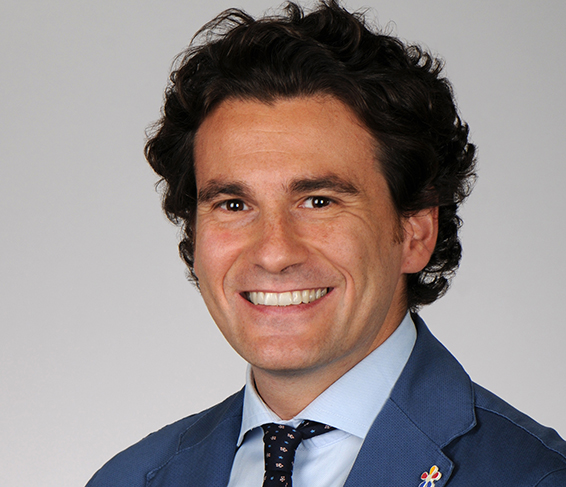An annual physical or mammogram can help detect lumps or abnormalities in the breast, but these exams cannot tell whether a growth is cancerous or noncancerous. If a breast lump or abnormality is found in your breast, your doctor may advise you to have a breast biopsy.
A stereotactic breast biopsy is a kind of breast biopsy involving the use of mammography — a special form of X-ray recommended for women over 40 for breast cancer screenings — to help locate a breast abnormality and remove a tissue sample for examination under a microscope. It is a safe and accurate alternative to surgical biopsy and leaves little to no scarring after the procedure.
What is a stereotactic breast biopsy?
A stereotactic breast biopsy is called stereotactic because it uses two images taken from slightly different angles of the same location. The biopsy is performed by a radiologist along with a nurse practitioner and a radiology technologist.
The process involves removal of suspicious calcifications or tissues from the breast for further examination.
When is a stereotactic biopsy used?
A stereotactic biopsy is often used when small growths or accumulation of calcium, called calcifications, are detected on a mammogram but don’t appear on an ultrasound and aren’t felt during a physical exam.
What to expect during a stereotactic breast biopsy
- During the procedure, you lie face down on a table and place your breast into a round opening on the table. Imaging equipment compresses your breast, similar to the feeling during a mammogram, to keep it immobile and able to be examined.
- The imaging system uses an X-ray to create stereo pictures from two different angles, which allows the radiologist to see the breast accurately and find the suspicious area.
- Once the location is pinpointed, a local anesthetic is used to numb the area. Then a small incision is made in the breast and the core biopsy needle is inserted to take a sample for diagnosis.
- Images of the area are taken throughout the biopsy. You will hear beeping noises from imaging machines during the procedure — this is normal and you should not be alarmed.
- The procedure usually takes about 30 to 60 minutes.
After the procedure
Breast pathologists examine the tissue sample to make a final diagnosis.
How to prepare for your biopsy
There are a few ways to prepare:
- Due to an increased risk of bleeding during and after a biopsy, you may need to stop using blood-thinning medications beforehand.
- Do not use deodorant or lotion beforehand. These can show up as specks on breast images, making it more difficult to locate the area of concern.
- You should avoid using any type of moisturizer on your breasts and remove all jewelry and anybody piercing before the biopsy.
- Wear a two-piece outfit that you can change easily.
- Bring or wear a soft bra or a sports bra for additional comfort.
Your care team will tell you if you need to make any other preparations.
After your breast biopsy
After your tissue sample is obtained, a small titanium clip is placed in the breast to help identify the biopsy site in the future. You will not be able to see or feel the clip. Once inserted, you will have a mammogram to ensure that the clip is in the right spot.
- In most cases, there will be no scar from the biopsy procedure. Any bruising on your breast afterward is temporary.
- To treat any discomfort, you can use ice and take a pain reliever, such as acetaminophen, if needed.
- It is okay to shower the following day but avoid baths and hot tubs.
- Wear and sleep in a soft bra for the next 24 to 36 hours for extra comfort.
- Refrain from strenuous exercise for at least one day.
Additional sources:
About the Medical Reviewer

Dr. Giordano completed his medical school and oncology fellowship at University of Naples Federico II in Italy in 2004 and 2009, respectively. The passion for research was the motivation behind his pursuit of starting a PhD Program in medical oncology and immunology at the Second University of Naples and participating in the exchange program with The University of Texas MD Anderson Cancer Center. During the four years spent as faculty at MD Anderson, he consolidated his solid foundation in breast clinical oncology, transitional and basic science research, and has made tremendous contributions to the field of breast cancer biology and circulating biomarkers. He subsequently worked as faculty at MUSC in Charleston SC from 2016 to 2020. In 2020, Dr. Giordano joined the staff of Brigham and Women's Hospital and Dana-Farber Cancer Institute, where he is a medical oncologist and clinical investigator in the Breast Oncology Center.
